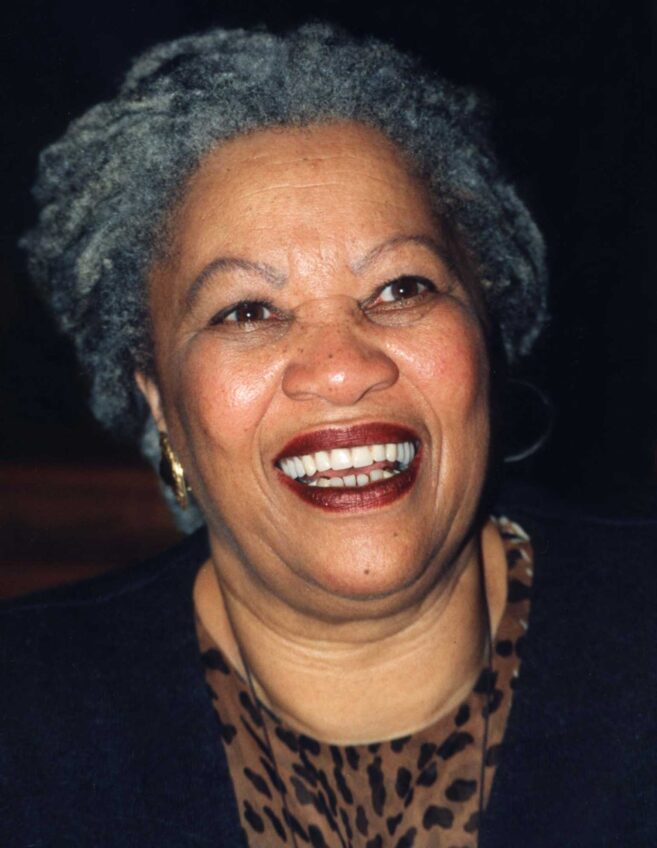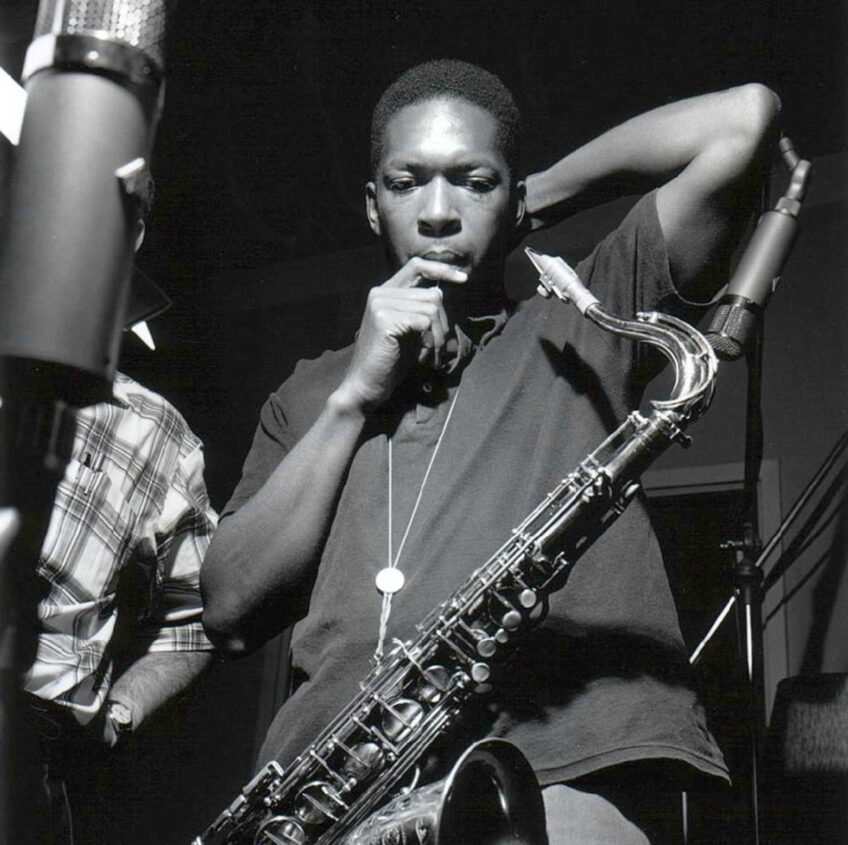
EQUAL PAY FOR AN EQUAL DAY? NOT IF YOU’RE A WOMAN
 Every March for nearly forty years, we as a nation have come together to honor the achievements and contributions of women in American history with the annual celebration of Women’s History Month.
Every March for nearly forty years, we as a nation have come together to honor the achievements and contributions of women in American history with the annual celebration of Women’s History Month.
Signed into law in 1987 by then-President Jimmy Carter, this yearly observance has grown exponentially, marked by ceremonies and events designed to recognize past and present accomplishments by women, with emphatic signage, social media postings and ad campaigns calling for gender equality and increased patronage of women-owned businesses, with everyone from school children and community organizations to elected officials and corporate conglomerates attempting to showcase their feminist bona fides.
But, for all of the fanfare and attention given to the cause over those 31 days in March, we as a society have yet to pay women the ultimate sign of respect that they are due – literally.
Here in the United States, in the year 2025, with women accounting for half of our nation’s workforce, we continue to pay them less than their male counterparts for doing identical work. By nearly every metric, women working full-time and year-round make roughly 84 cents to every dollar paid to men working the same position with the same skill-level and comparable or even advanced educational history. In fact, a recent Pew Research Center study shows that women between the ages of 25 and 34 are 10% more likely to hold a bachelor’s degree than men in the same age range.
Yet, even in professions where women predominate – positions that typically (coincidentally?) pay less – men are still paid more for equal work. According to several studies, including those conducted by the United States Government Accountability Office and the Institute for Women’s Policy Research, respectively, in each of the top twenty most common professions for women – which tilt heavily towards health and human service, education, office support, and childcare, among others – great pay disparities persist, with the largest gap occurring in health care and social services where women were paid just 43 cents to every dollar paid to men for the same work.
Over the course of a woman’s 40-year career, she will be shortchanged more than $462,000. And, if she happens to be a woman of color, the situation is far more dismal, with Black, Latina, Indigenous, Native Hawaiian and Pacific Islander women shorted over one-million dollars across their lifetimes. As a result of this gross inequity, women face far more financial insecurity and instability later in life, with significantly less money available in retirement and even fewer opportunities to build generational wealth. The US Census Bureau reports that approximately half of all women between the ages of 55 and 66 have no retirement income compared to 47% of men.
The economic ripple effect of this injustice spreads out like a wave, rolling past the underpaid and undervalued individual, washing over the family that they are almost certainly the primary caretaker of, cresting over the communities they live in and crashing upon the financial outlook of the entire country. As reported by a wealth of financial experts, including former Treasury Secretary and Chair of the Federal Reserve Janet Yellen, if women were to receive equal pay for an equal day’s work, our nation’s Gross Domestic Product would gain five percent — a sum of nearly one-and-a-half trillion dollars.
So, why are we still struggling with this issue nearly a century after women first began joining the workforce in earnest? To try and simplify this clearly complex issue: we as a society have failed to adjust and expand our acceptance and expectations of gender norms, even as roles and responsibilities have continued to evolve. This, and some good, old-fashioned sexism and discrimination.
Women, who have long borne the brunt of both child and elder care, even as their roles in the financial survival of their households have expanded, are caught in the vicious cycle of an outdated, gender-biased system. As the presumptive lower-earning half of a working couple, women are expected to forego their careers to become primary caretakers. But, by having to abandon or reduce their work schedules, employers often exclude them from consideration for higher-paying positions. Ironically, women are effectively penalized for falling into the very system that pushes them in.
If we as a nation genuinely support equality, then we must increase access to affordable childcare in order to support full-time employment. We must also pass and enact the Paycheck Fairness Act, which “addresses wage discrimination on the basis of sex, which is defined to include pregnancy, sexual orientation, gender identity, and sex characteristics.” We have to begin investing in our health and human services sector, raising the wages of the people performing this critical yet underpaid work. Additionally, we need to support collective bargaining, provide real opportunities for women to advance into higher-paying occupations and enforce the anti-discrimination laws already on the books.
As we wind down this month’s celebration of the vital impact of women in our society, we should remember that while platitudes and praise are nice, they don’t put food on the table, keep the lights on or help to build generational wealth. If we truly want to show our support, we should pay women more than just lip service.






